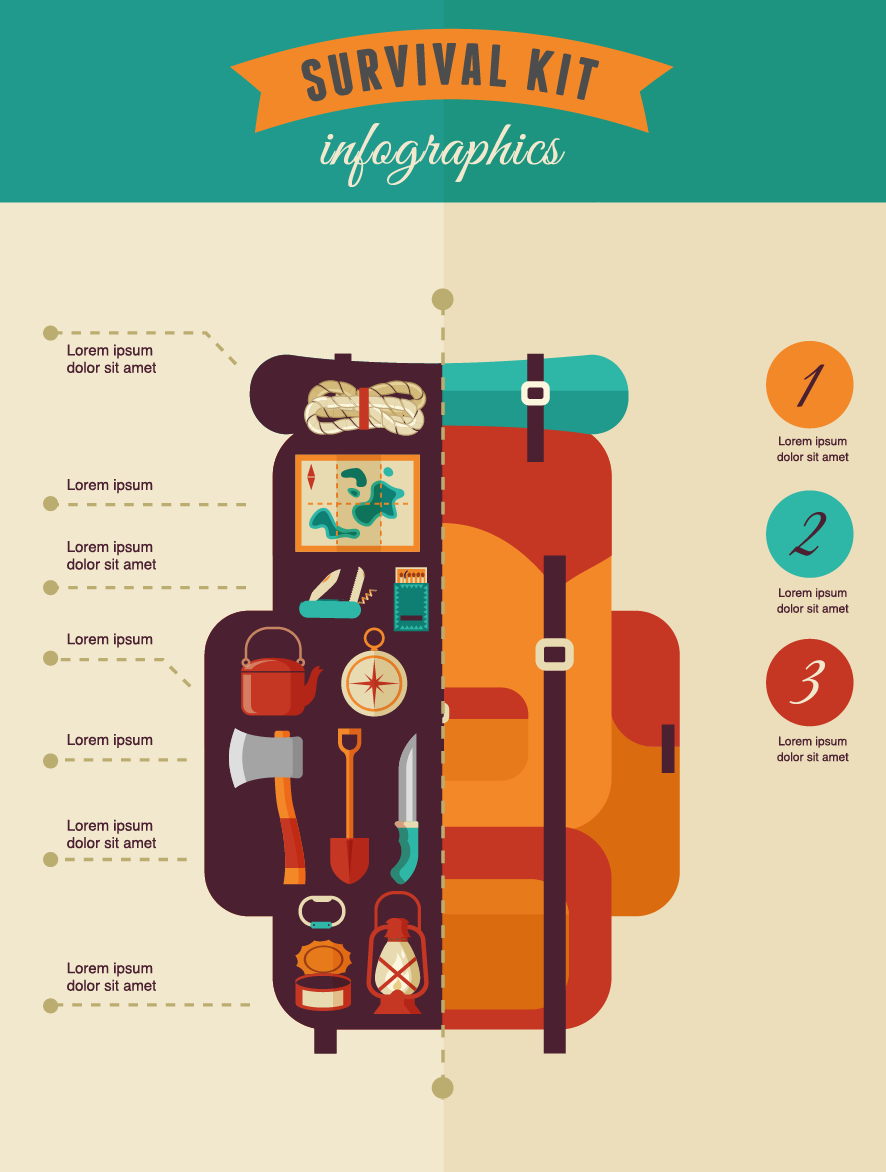Here Are Some Other No Cost Marketing Strategies For Selling Camping Tents
Here Are Some Other No Cost Marketing Strategies For Selling Camping Tents
Blog Article
How Vital Are Tent Footprints/Ground Cover?
Outdoor tents impacts are a great way to protect your outdoor tents floor from abrasions and extend its functional life. Almost all equipment manufacturers use their own brand-specific impacts that are designed to match their specific camping tent versions.
How cold is too cold to sleep in a tent?
This customized method provides ease of configuration and minimizes the risk of rain seeping in with the joints.
What are they?
Camping tent impacts (likewise known as outdoor tents ground sheets or under camping tent pads) offer a layer of defense in between the base of your outdoor tents and the outside setting. They safeguard your tent from sharp objects, dampness, and rough surface areas.
The majority of camping tent producers supply their very own branded footprints made to fit flawlessly with their designated shelter models. Nonetheless, these are usually costly and reasonably heavy contrasted to DIY alternatives like Polycryo or Tyvek.
Footprints are commonly made from resilient, waterproof materials such as polyurethane, nylon or silnylon. For ultralight backpackers looking for to reduce pack weight, there are also light-weight, high-strength options made from Cuben Fiber (Dyneema). It is necessary to select an impact that's somewhat smaller sized than your tent to avoid rainwater from leaking down the sides of your shelter and channeling underneath you while you rest-- nobody wants to awaken in a puddle! An impact is a beneficial addition to any outdoor camping trip. It aids make certain a long lifespan for your camping tent while adding convenience and satisfaction.
Just how vital are they?
Outdoor tents impacts protect the base of your camping tent from abrasion and moisture, helping to prolong its life-span. They're typically made from water resistant and dirt-resistant products like polyethylene or a light-weight oxford polyester, though the denier of the textile will vary (the higher the denier number, the thicker and burlier).
The majority of footprints are made to precisely match the shape of your camping tent's floor, which assists lessen product waste. Many have grommets or loops where you can weave guylines for stress and risks, making sure that the impact is firmly held back.
If you camp in harsh surface or locations where there's a great deal of downed branches and sharp rocks, an outdoor tents impact is well worth the included weight and mass. However if you often camp in completely dry, sandy or rough conditions, a commercial tent manufacturers footprint may be overkill. A tarp is a better alternative in that situation.
Do you generally load one?
If you're camping on a very flat surface area where rocks and sticks aren't an issue, a camping tent impact probably isn't needed. If you are in the backcountry with a great deal of rough surface, a footprint can make life a lot easier.
Impacts are typically sized slightly smaller sized than the base of the tent. That's since a larger impact would capture rain and funnel it under the outdoor tents, where you could wake up in a puddle.
However, footprints can be expensive and hefty if you acquire one from the manufacturer of your tent (the Big Agnes Tiger Wall surface UL 2 impact, for example, sets you back $70 and evaluates six ounces). You can save money and weight by making your own DIY impact by reducing an item of Tyvek or various other water-proof material to the precise dimensions of your sanctuary. You can also add grommets for easy attachment. The major advantage of a footprint is that it helps to shield the flooring of your backpacking camping tent from rough elements such as rocks and branches.
Just how do you keep them clean?
A supplier's impact can include significant weight to your sanctuary system and if you're an ultralight backpacker attempting to conserve every ounce, it may not be worth it. Because of this, several backpackers will certainly utilize a do it yourself groundsheet that's constructed out of something like Tyvek or Polycryo and cut it to dimension for their tent impact.
This option is relatively low-cost and will safeguard your camping tent from dampness, rocks, thorns, sticks, and so on, while additionally helping to maintain all-time low of your camping tent dry.
If you do decide to buy an impact, make sure it's designed particularly for your specific outdoor tents as this will help in reducing water merging around the edges of your shelter. For example, if your tent footprint is too big and expands past the edge of your rainfly, it will accumulate rains which can seep into lighter-weight outdoors tents and possibly wear down the flooring. Ensure it fits your tent relatively well to avoid this.
What canvas is used for tents?
